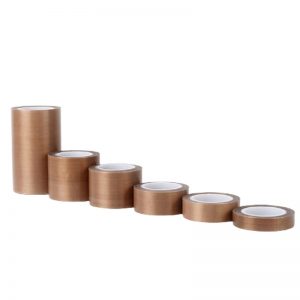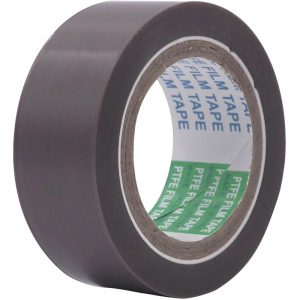Absolutely, there are some useful DIY plumbing tricks and tips when it comes to using Teflon tape. Here are a few that can help you achieve better results and make your plumbing projects smoother:
- Clean Threads Thoroughly: Before applying Teflon tape, make sure the threads are clean and free from debris, old tape, or dirt. Use a rag or cloth to wipe them down to ensure a proper seal.
- Use the Right Type of Tape: There are different types of Teflon tape available for various applications, including general use and high-temperature applications. Choose the appropriate type based on the specific needs of your plumbing project.
- Wrap in the Right Direction: When wrapping Teflon tape, ensure that you wrap it in the direction of the thread rotation. For most threaded connections, this means wrapping the tape clockwise around the male threads.
- Start a Few Threads Back: Begin applying the tape a few threads back from the end of the male threads. This prevents excess tape from protruding and potentially interfering with the connection.
- Overlap for a Complete Seal: Overlap the layers of Teflon tape slightly (about 50%) as you wrap it around the threads. This ensures a complete seal and helps prevent leaks.
- Tear or Cut Neatly: Once you’ve wrapped the tape around the threads, tear or cut it neatly at the end. Be careful not to cut the threads themselves. A clean edge helps ensure a good seal.
- Use Pipe Joint Compound (Pipe Dope) if Needed: In certain situations, using pipe joint compound along with Teflon tape can provide an extra layer of sealing. This is particularly helpful for high-pressure applications.
- Don’t Over-Tighten: While Teflon tape helps create a seal, avoid over-tightening the connection. Tighten it just enough to create a snug fit. Over-tightening can damage threads or compress the tape excessively.
- Test for Leaks: After assembling the connection, test it for leaks. Turn on the water or gas supply and carefully inspect the connection for any signs of moisture. If you see any leaks, make adjustments as needed.
- Use Teflon Paste for Larger Threads: For larger threads or connections that require a more robust seal, consider using Teflon paste (paste pipe dope) instead of or in combination with Teflon tape.
- Keep Teflon Tape Dry: Moisture or wet hands can make Teflon tape harder to work with and may affect its effectiveness. Make sure your hands and the tape are dry during application.
- Practice and Patience: Applying Teflon tape effectively might take a bit of practice. Don’t be discouraged if your first attempts aren’t perfect. With practice and patience, you’ll become more skilled.
Remember, while Teflon tape is a valuable tool for DIY plumbing projects, it’s important to know your limitations. For complex or critical plumbing tasks, it’s always a good idea to consult a professional plumber to ensure the job is done correctly and safely.






















